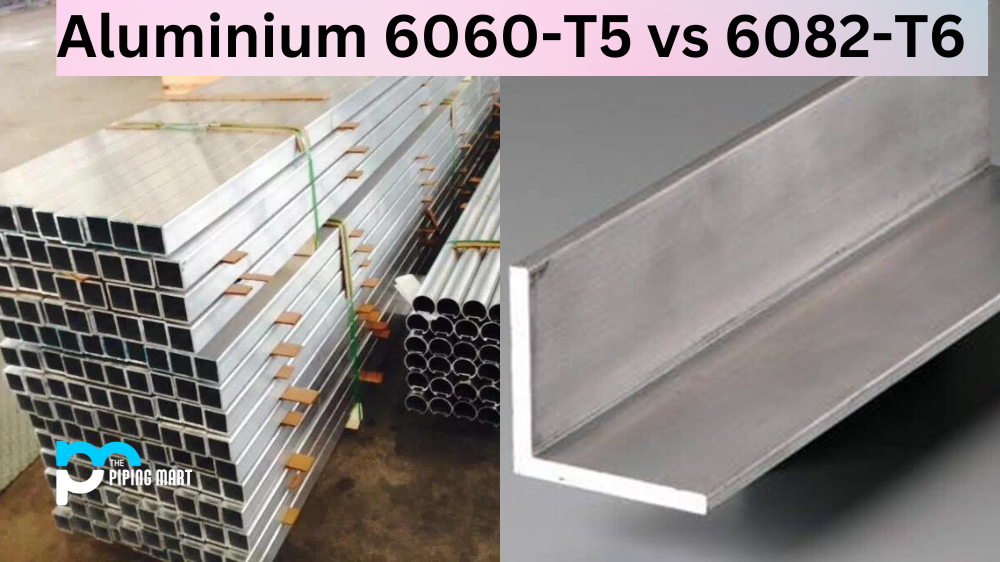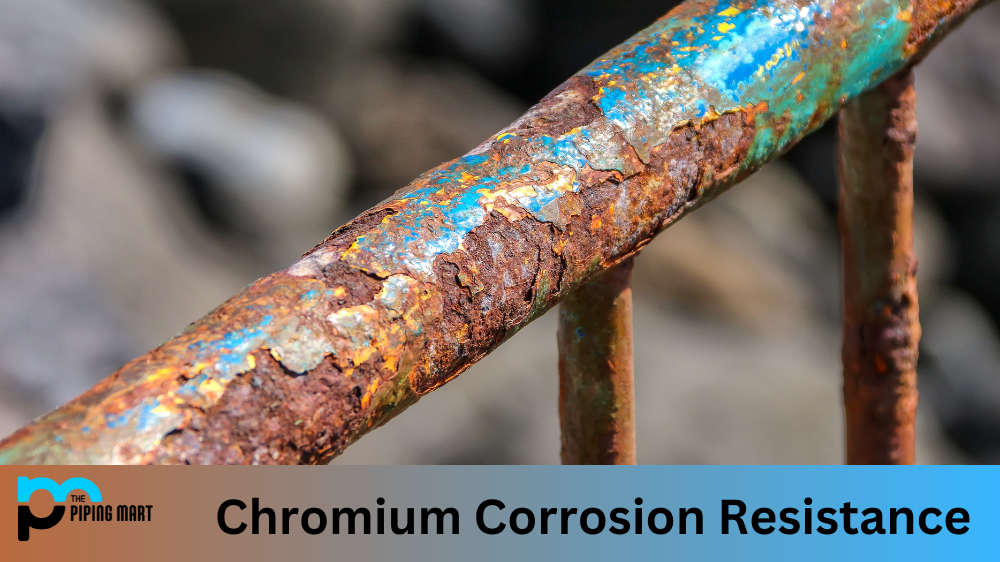The world of stainless steel can be complicated, with various types, grades, and alloys providing different levels of performance. Two of the most common types are stainless steel 440 C and 304. Both are popular choices for industrial uses; however, it is essential to understand their differences as they have varying strengths, heat resistance, corrosion resistance, and other properties.
Stainless Steel 440C
Stainless steel 440 C is a type of martensitic grade stainless steel with high chromium content. This particular type of stainless steel contains 16-18% chromium, 0.75-1.2% carbon, 1-2% molybdenum, and 0.04% nitrogen which gives it good mechanical properties such as superior hardness and good wear resistance in addition to its higher chromium content allowing it to achieve excellent corrosion resistance much like that found in the 300 series stainless steels. It also has excellent magnetic properties making it suitable for applications where magnetic materials are required, such as motors or tools.
Stainless Steel 304
Stainless steel 304 is an austenitic grade stainless steel made up mainly of 18%-20% chromium and 8%-10.5% nickel along with small amounts of carbon and manganese, giving it superior corrosion resistance compared to most other grades of stainless steels when exposed to normal atmospheric conditions with no additional protective coatings or treatments applied. It also has relatively good mechanical properties making it suitable for many industrial uses such as fasteners or tubing due to its ability to resist rusting, which allows components made from this material to last longer than those made from other grades without requiring additional maintenance or protection against the elements or environment.
Difference Between Stainless Steel 440 C and 304
Composition
The main difference between stainless steel 440C and 304 is the composition. Stainless steel 440C contains more carbon than 304. This makes it more complicated and more resistant to wear and tear. Additionally, 440C is also less susceptible to corrosion than 304.
Heat Treatment
Another difference between stainless steel 440C and 304 is the heat treatment. Stainless steel 440C is heat treated to a higher hardness than 304. This makes it better suited for applications where high levels of wear and tear are expected.
Magnetic Properties
Stainless steel 440C is also more magnetic than 304. This is due to the higher carbon content at 440C. This can be beneficial in applications with desired magnetic properties, such as sensors or motors. However, it can also be a disadvantage in applications where non-magnetic properties are preferred, such as food processing equipment.
Cost
Stainless steel 440C is typically more expensive than 304. This is due to the higher carbon content and the additional heat treatment required to achieve the desired hardness.
Availability
Stainless steel 440C is less widely available than 304. This is because it is less commonly used and produced in smaller quantities than 304.
Conclusion:
When choosing between stainless steel 440 C and 304 for an industrial application, it is essential to understand the differences between them in terms of strength, heat resistance, corrosion resistance, magnetic properties, etc., so that you can make an informed decision about which type will best suit your needs. Though both types offer excellent performance overall, understanding their unique qualities will help you determine which will work best for your specific application requirements. Knowing this information will save you time and money in the long run by helping you choose the suitable material more quickly while avoiding costly mistakes down the line when selecting materials for your industrial projects. That’s why being familiar with these two types of stainless steel can be so important!

Pipingmart is a B2B portal that specializes in metal, industrial and piping items. Additionally, we share the latest information and information about materials, products and various types of grades to assist businesses that are involved in this business.




